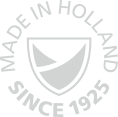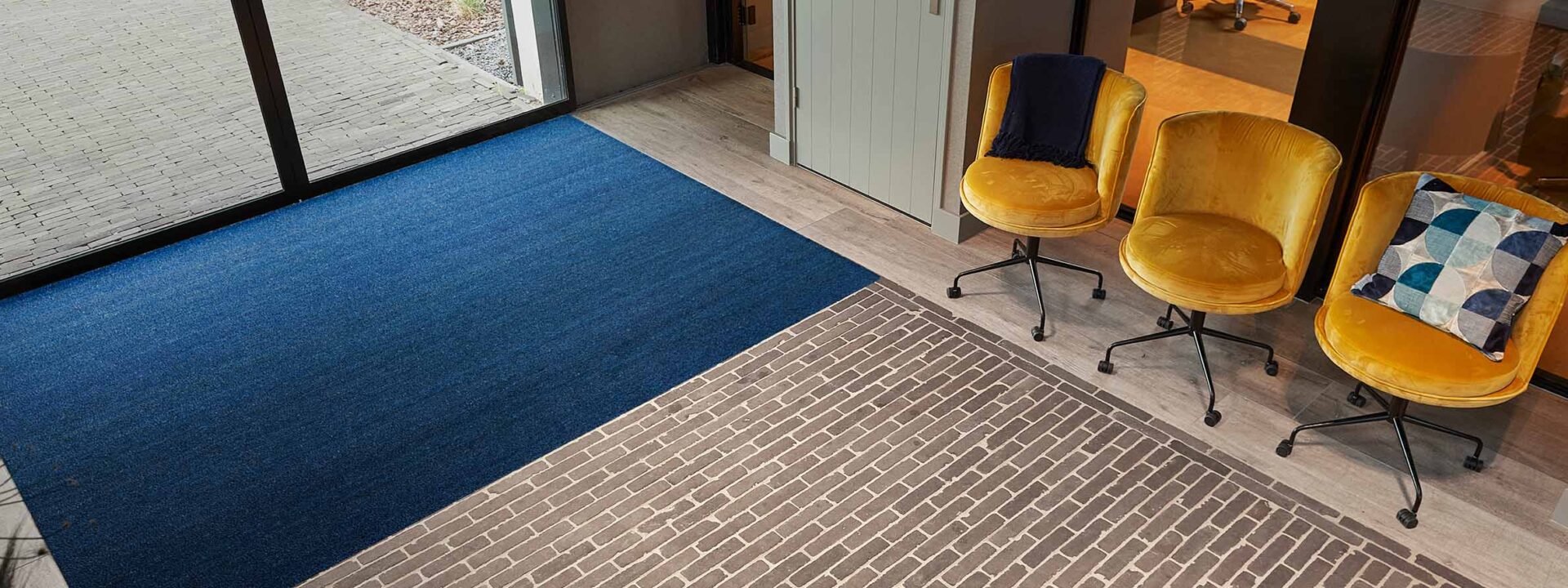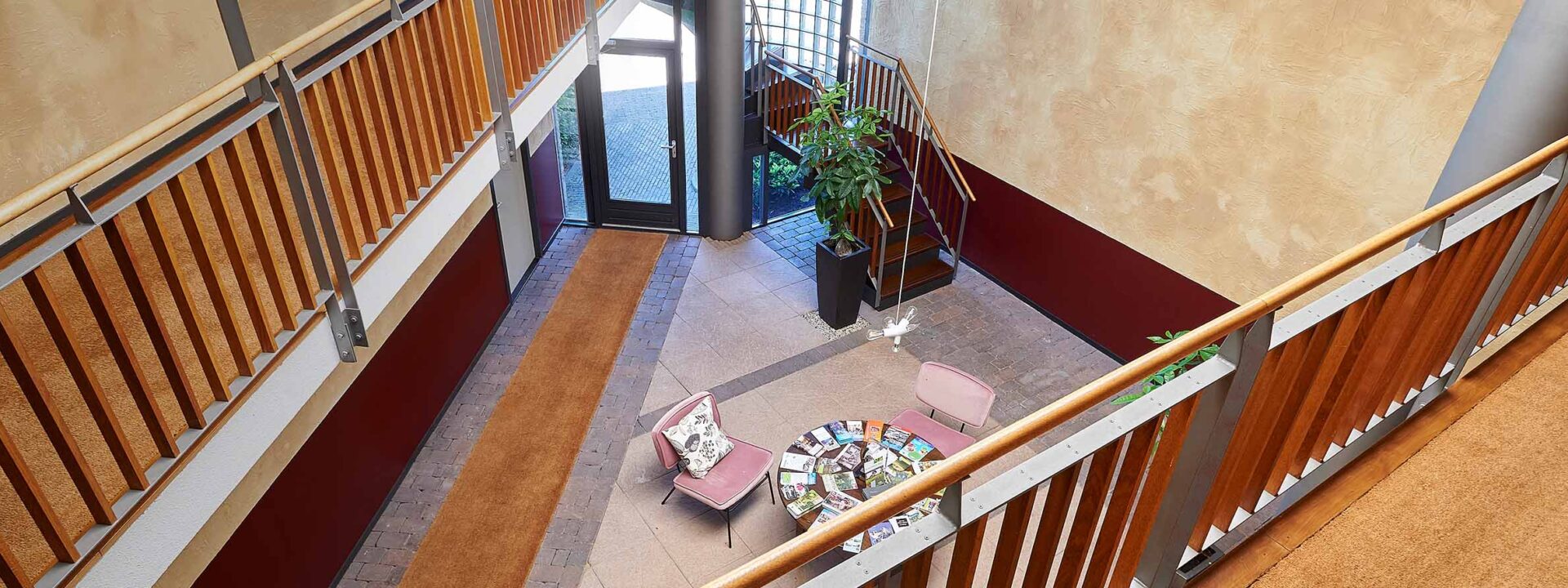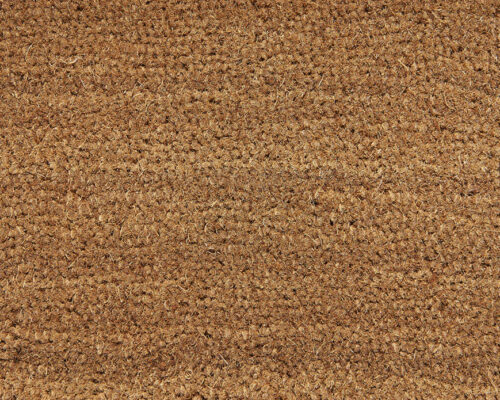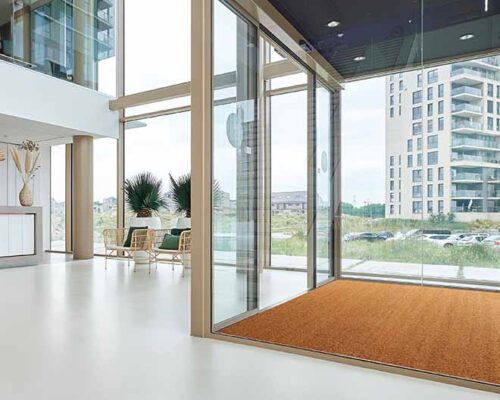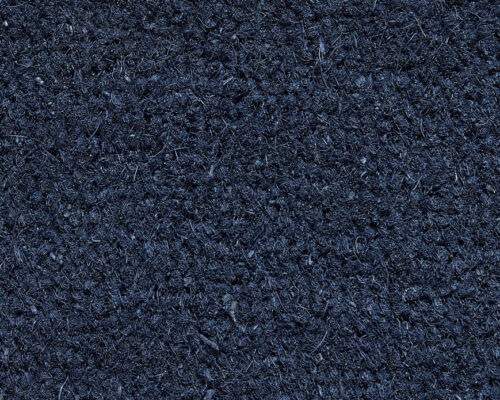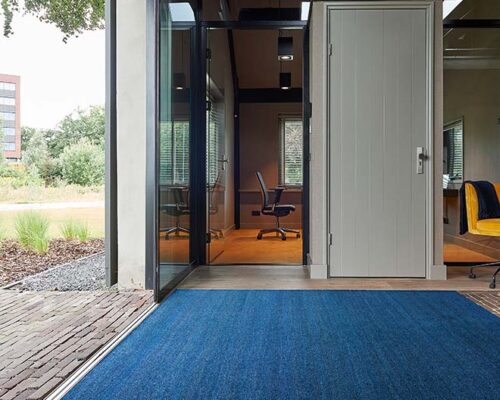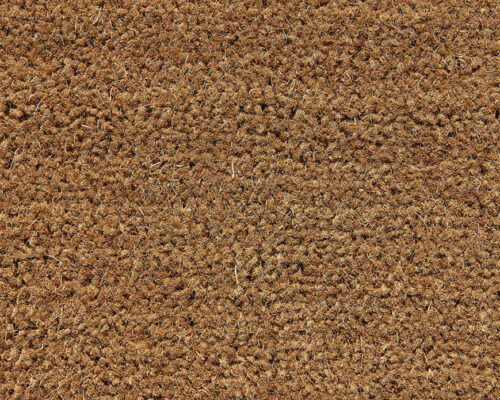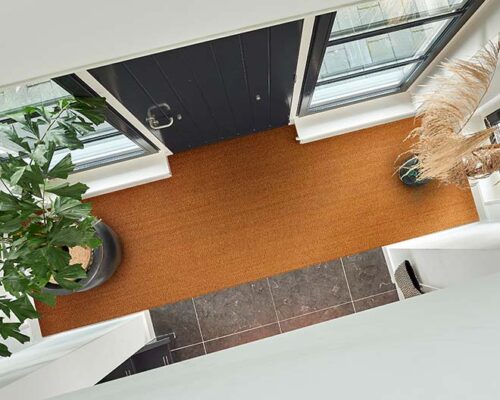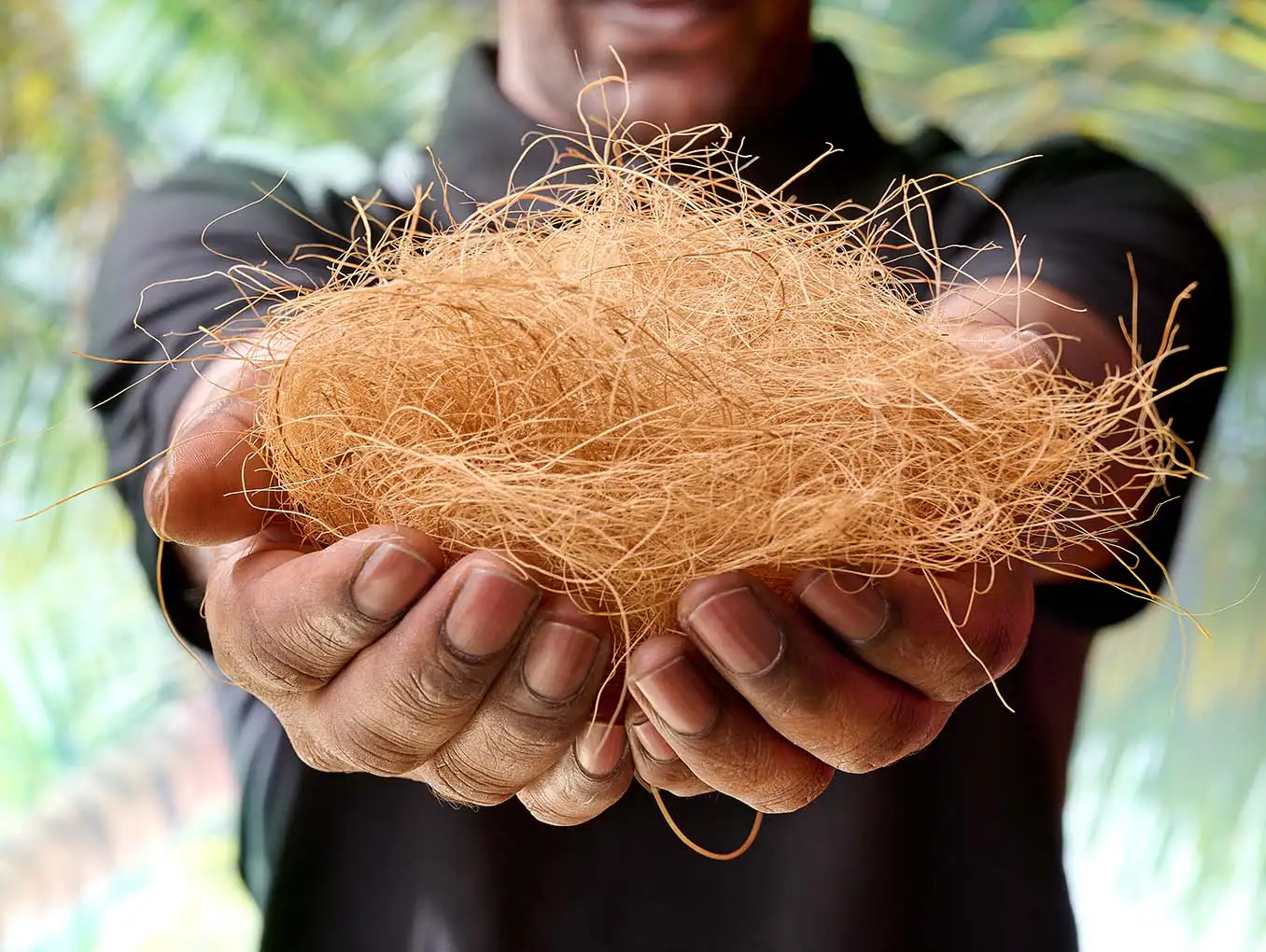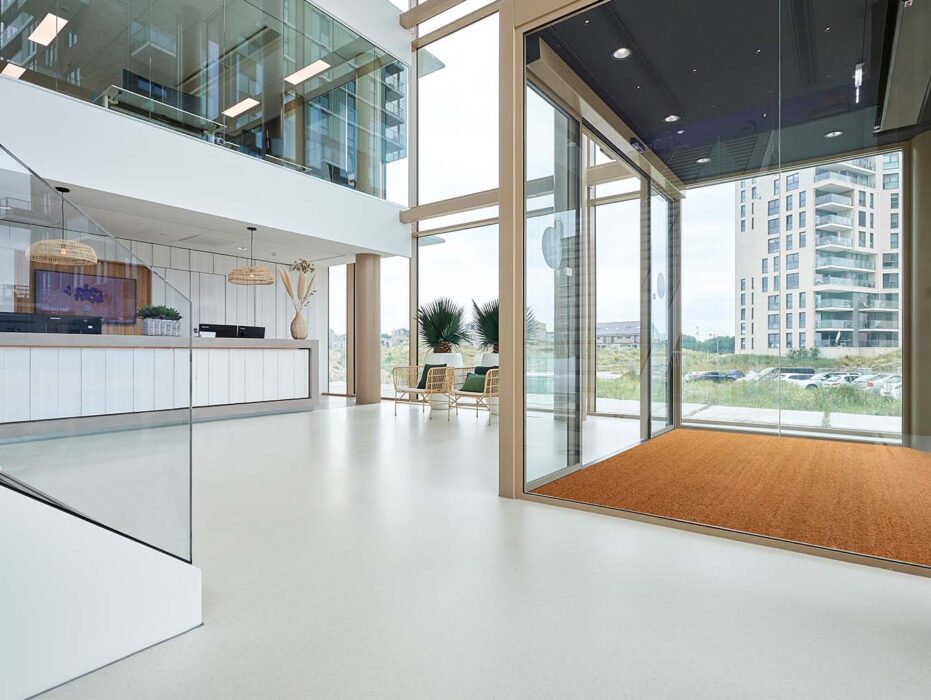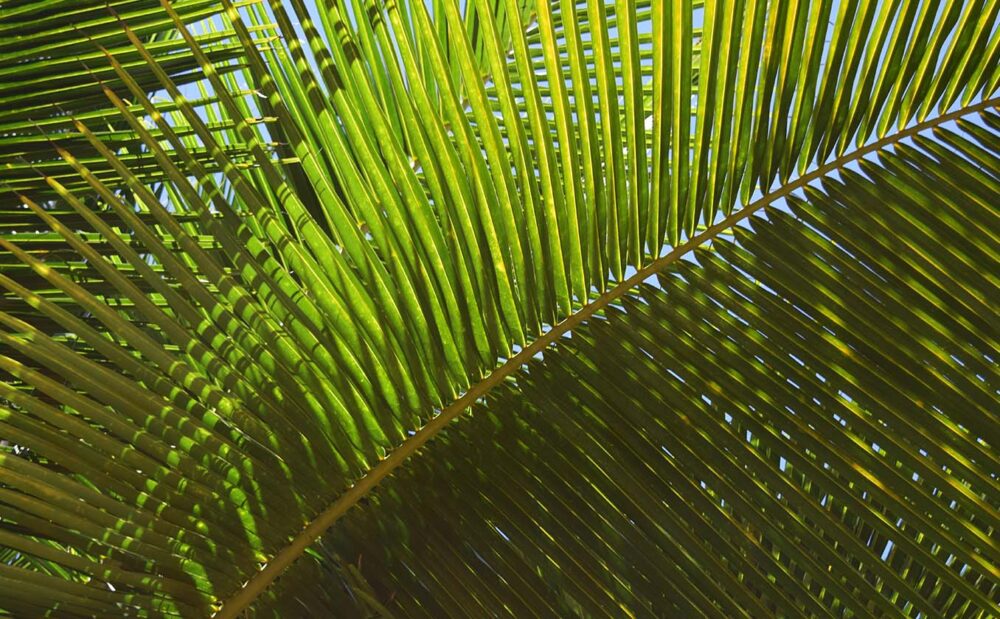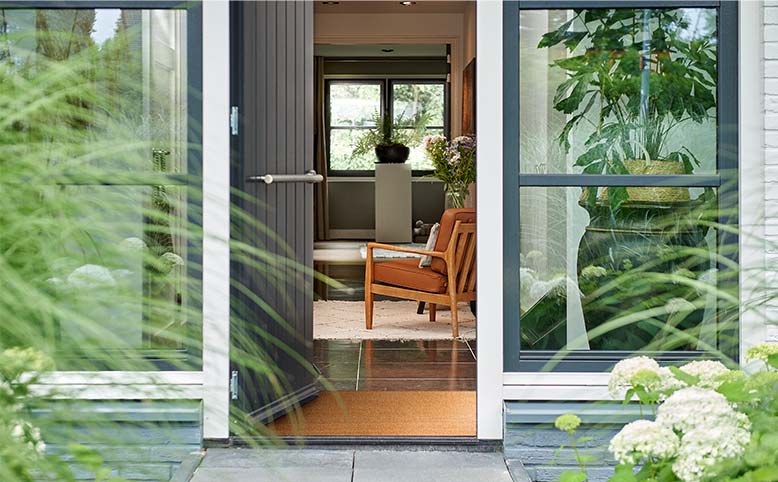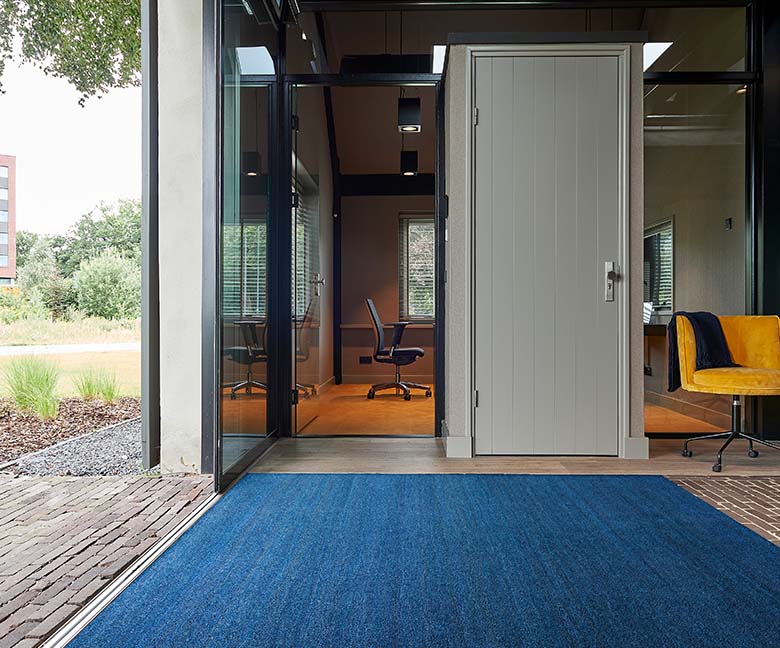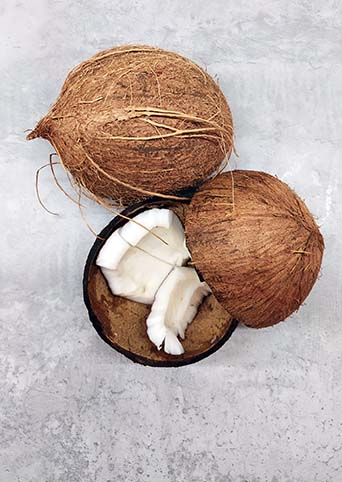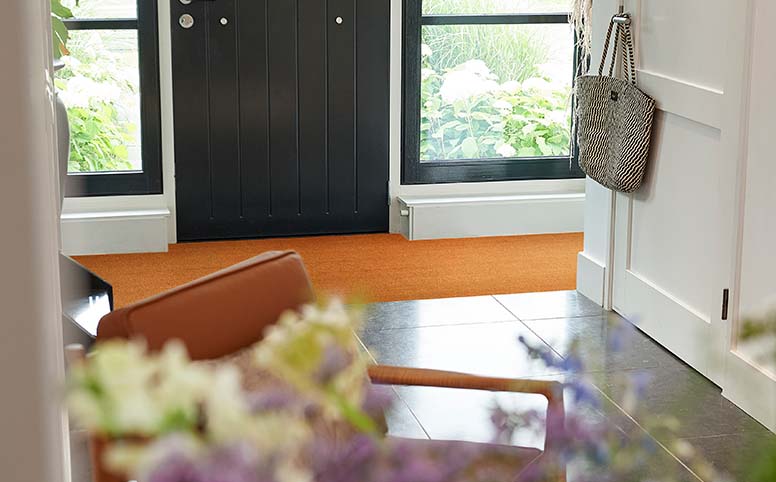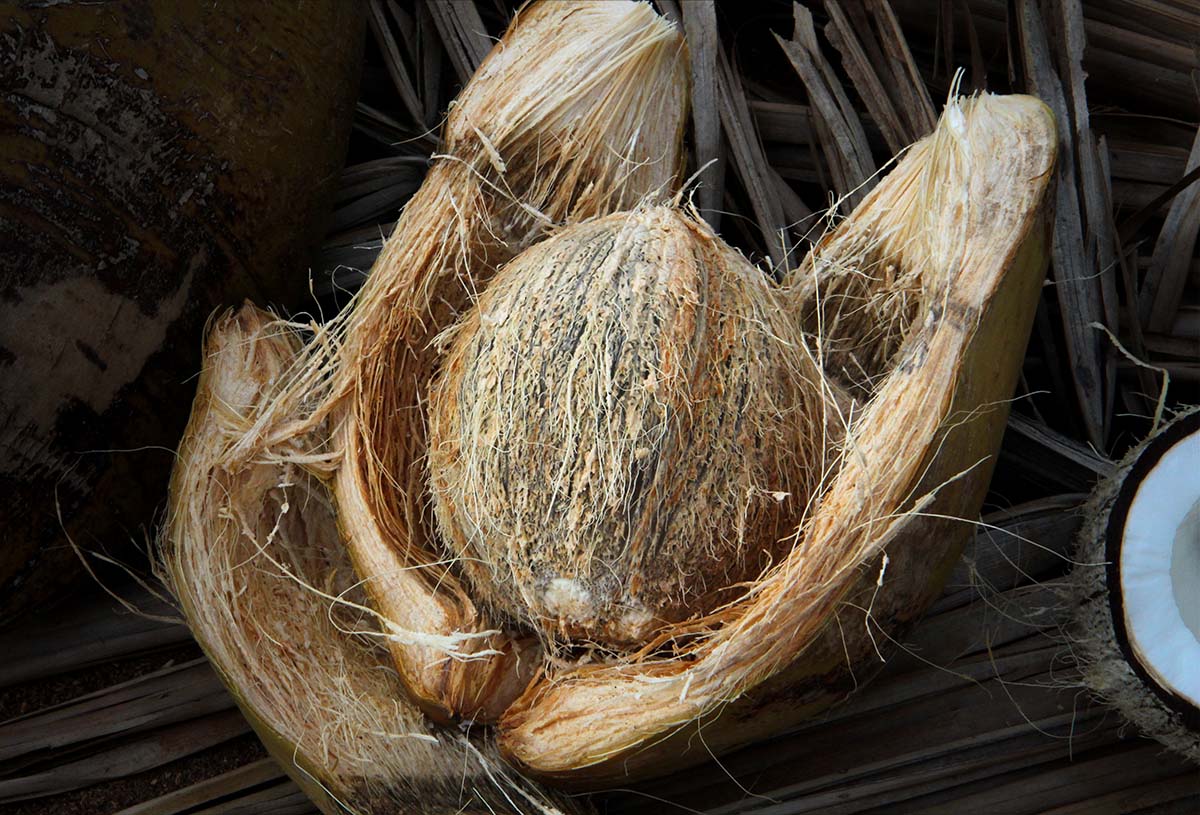The history of the coir mat
In the early 1920s, the production of coir mats in Genemuiden took off. And rushes, which grew around Genemuiden, became increasingly scarce. Coconut fibre turned out to be an excellent alternative and could also be woven by machine.
Coconut fibres can be found in the layer between the coconut and its outer shell, and are much thicker and stiffer than, for example, cotton fibres. Freshly harvested coconuts give a somewhat lighter fibre than older coconuts.
It was not until the 1950s that a truly flourishing coir industry emerged and, in the mid-1960s, faced competition in the form of demand for soft floor coverings – the nylon carpet. Yet the coir mat never disappeared. A reason for this was the Rinos-developed, cut-resistant, PVC backing – with all its associated advantages – which the family business patented. The mats are also available in various qualities, and often in several colours. The authentic, durable nature of the coir mat does the rest.
